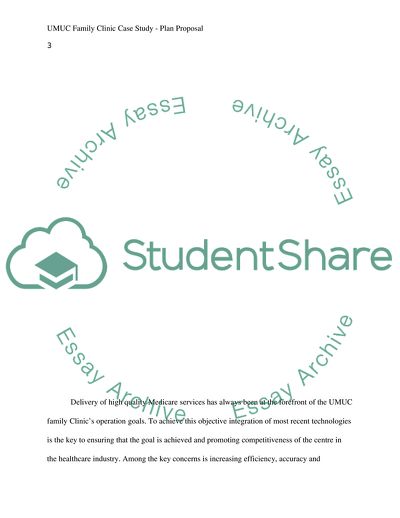Cite this document
(UMUC Family Clinic Case Study Example | Topics and Well Written Essays - 1750 words, n.d.)
UMUC Family Clinic Case Study Example | Topics and Well Written Essays - 1750 words. https://studentshare.org/information-technology/1832056-umuc-family-clinic-case-study-plan-propsal
UMUC Family Clinic Case Study Example | Topics and Well Written Essays - 1750 words. https://studentshare.org/information-technology/1832056-umuc-family-clinic-case-study-plan-propsal
(UMUC Family Clinic Case Study Example | Topics and Well Written Essays - 1750 Words)
UMUC Family Clinic Case Study Example | Topics and Well Written Essays - 1750 Words. https://studentshare.org/information-technology/1832056-umuc-family-clinic-case-study-plan-propsal.
UMUC Family Clinic Case Study Example | Topics and Well Written Essays - 1750 Words. https://studentshare.org/information-technology/1832056-umuc-family-clinic-case-study-plan-propsal.
“UMUC Family Clinic Case Study Example | Topics and Well Written Essays - 1750 Words”. https://studentshare.org/information-technology/1832056-umuc-family-clinic-case-study-plan-propsal.


